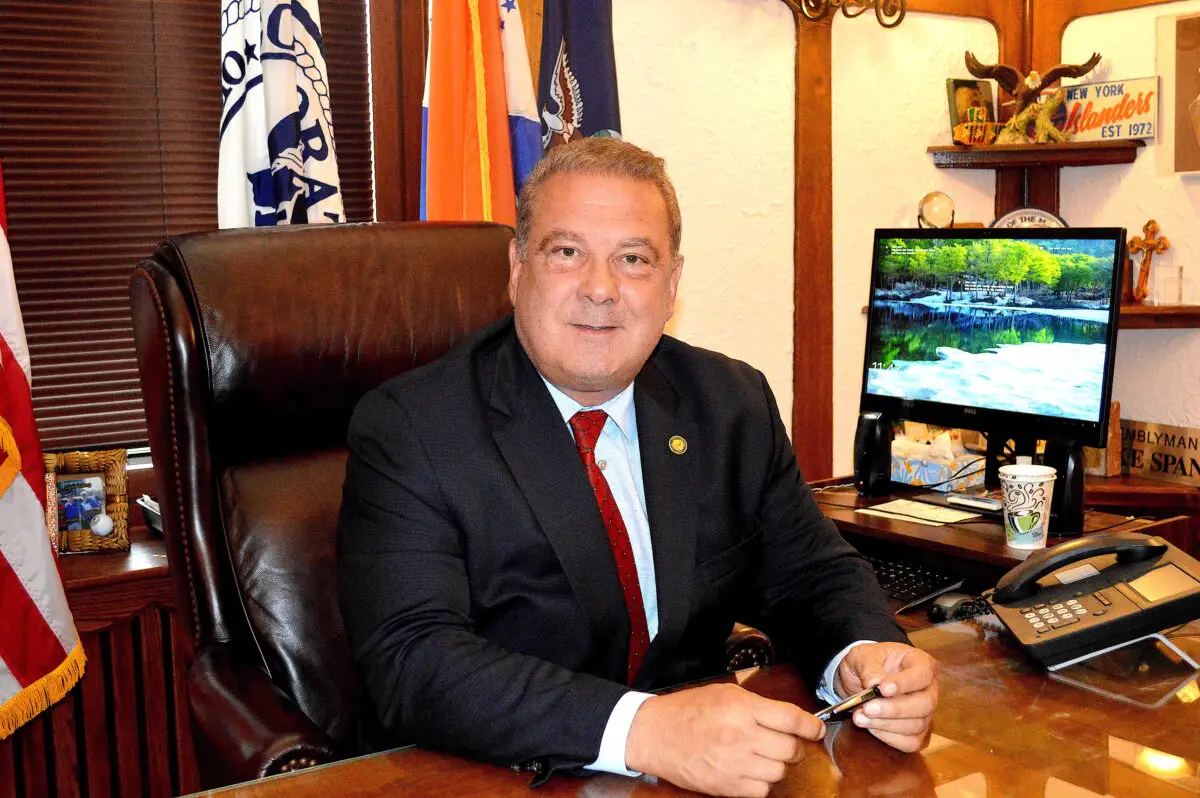
Natasha Suri and Siena Spitzer return to high school this month with a shared social conscience that”™s been road-tested and with plans to start clubs at their respective schools to recruit other kids in the service of their mission.
Their mission? To rescue bagels, pastries and other daily leftovers at bakeries and restaurants from their usual stale fate and unproductive end in the garbage heaps of Westchester and deliver them instead to community programs and people who can use them. To community shelters for homeless men and battered women, to school programs for at-risk students in White Plains, for a start.
“It”™s a big commitment,” said 15-year-old Siena, sitting at a table in Martine”™s Fine Bake Shoppe, across from the train station in Scarsdale, in the waning days of August. Across the table sat her friend and co-organizer of FoodSync, 16-year-old Natasha.
“We pick up the food when they call us at 7:45 or 8:30” at night, said Siena. She was speaking of staff at Martine”™s, the first business to join the Scarsdale girls”™ fledgling food recovery network at its bakeries in Scarsdale and Tuckahoe. They store their gleanings overnight at home for delivery the next day.
“We employ our parents and siblings to drive us,” Natasha said with a smile. “We can”™t drive yet, but as soon as we”™re on the road (with driver”™s licenses), we”™ll be doing it.”
Siena starts her junior year at Edgemont High School this month. Natasha, who transferred from Edgemont a year ago, starts her junior year at the private Hackley School in Tarrytown. Both are engaged in several extracurricular clubs and activities, but they”™ll make time for FoodSync and try to expand it in the busy new school year.
It began last spring when Natasha”™s older sister took a job at Martine”™s in Scarsdale. “One day she brought home a huge bag of bagels, doughnuts” that otherwise would have been destined for the dumpster, said Natasha. That gave Natasha food for thought. She began contacting organizations about delivering salvaged food to their locations. Food for Thought ”“ an organizational name later deemed too common and changed to FoodSync ”“ was born.
“I asked Siena if she would be interested in running the program for me,” Natasha said. “She hopped on board.”
The partners did research. They met with a founder of the Food Recovery Network, a national network of student groups that collect and redistribute surplus food from dining halls. “There”™s a lot of food wasted on college campuses,” Natasha said.
They found that one in six Americans go hungry each day, while this heedless nation tosses out 30 million tons of food waste annually. Food waste, said Siena, “is something that you notice,” especially when you”™ve traveled to the world”™s poverty-stricken places, as these girls have.
The divide between the hungry have-nots and enclaves of privilege such as Scarsdale is evident within the bounds of their daily lives. “It”™s a big difference from where we live,” said Natasha, “and just a couple of minutes away.”
In White Plains, they deliver baked goods to Open Arms Men”™s Shelter and Samaritan House women”™s shelter, programs run by Grace Church Community Center. With schools reopening, FoodSync volunteers this fall will resume deliveries to programs at White Plains High School.
The partners have added La Renaissance Patisserie Française to their collection route in Scarsdale. They aim to add cafes and restaurants in the area to their network. “We”™re trying to entice them with tax-deductible donations” of food whose value they can claim on their income tax returns, Natasha said.
Some potential donors “are worried about the liability issues,” Siena said. FoodSync”™s organizers, though, have done their homework to dispel such worry. They can cite the Bill Emerson Good Samaritan Food Donation Act, a 16-year-old federal law that encourages food donations to nonprofits by minimizing liability for donors other than in cases of gross negligence.
Promoting their enterprise on YouTube, Facebook and Twitter, Natasha and Siena plan to grow their network through technology. Their website, foodsync.org, is being developed as a networking center and database where restaurants, bakeries and other commercial food donors can post daily reports on what”™s available for pick-up at their businesses.
“We have to try to integrate it into the restaurants”™ daily lives, so they submit a report every day,” Natasha said.
The partners want to create a regional food recovery network by recruiting volunteers in New Jersey, New York City and Connecticut to collect at businesses in their communities.
“It”™s a big project, and we really need a working web site, because that”™s a big concept of FoodSync,” said Natasha. “We”™re going to tell other food recoverers to use it.”
Proving to be able grant writers too, FoodSync”™s founders have been awarded $3,000 to aid their work from groups that include GenerationOn and Youth Service America.
Citizens Bank recently awarded $1,000 in seed money to Food Sync as a regional winner of its Banking on Youth competition for nonprofit entrepreneurs.
With two more years of high school ahead, Natasha and Siena are more focused on building their online model for food recovery than on nerve-racking college choices.
“Everyone is very into technology and so it makes it very easy for them to just whip out their phone and donate,” Natasha said.



















This is a very detailed and thoughtful writeup on two (very!) young women that are on the right track and frame of mind.
Thanks for high-lighting the role-model behaviers and hopefully more young people will respond to the call and take actions as well.